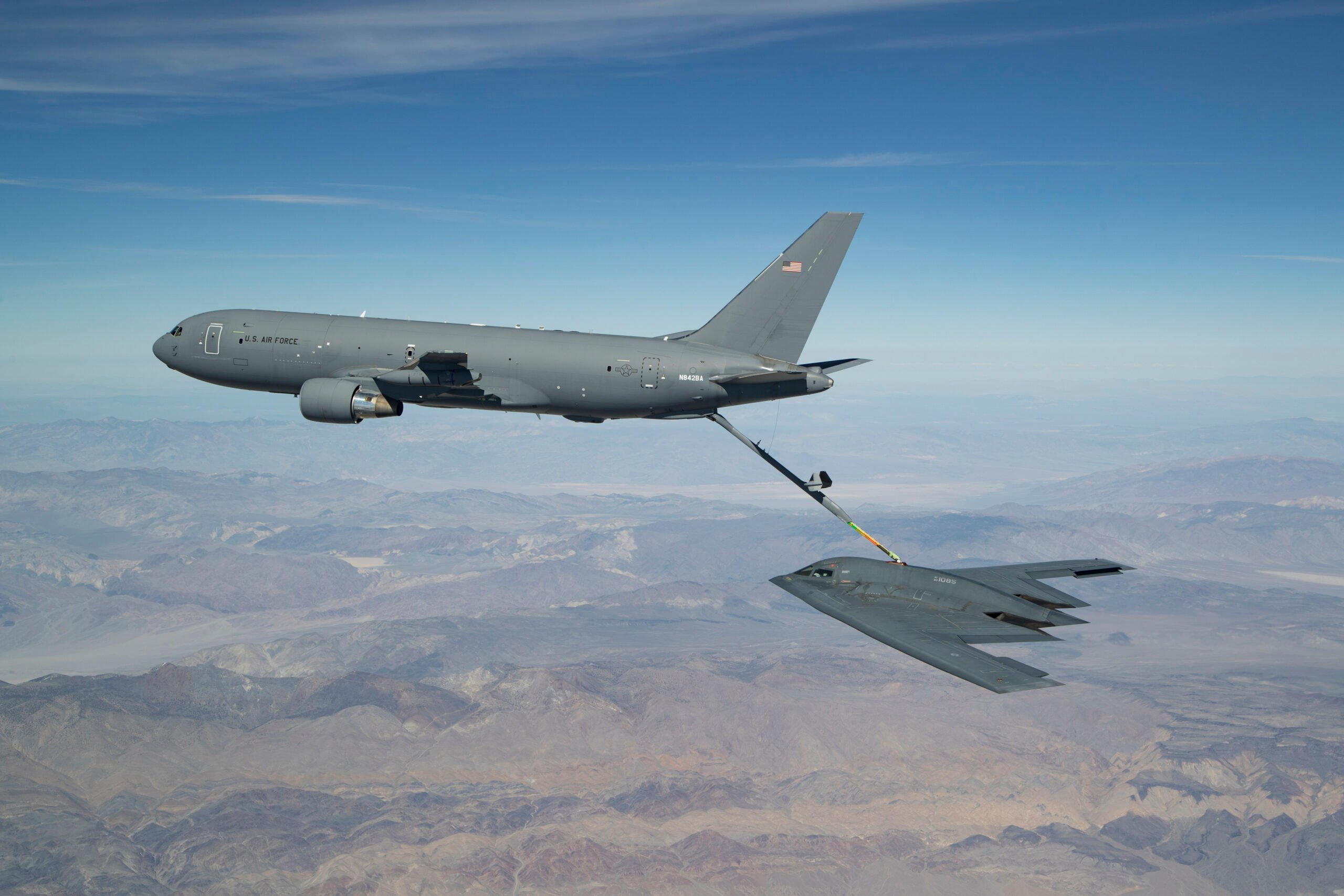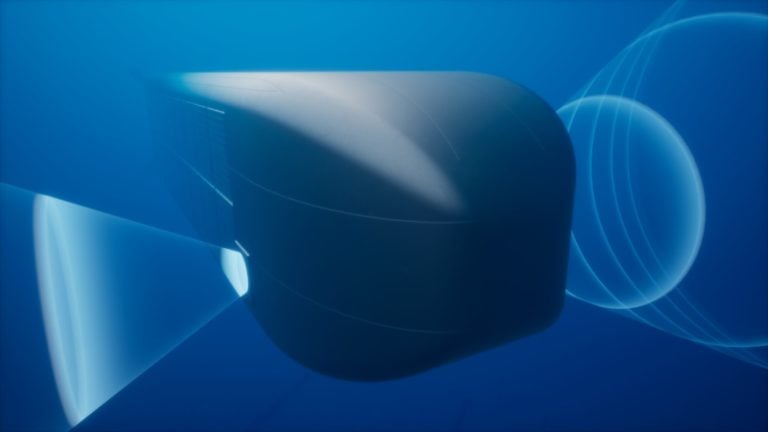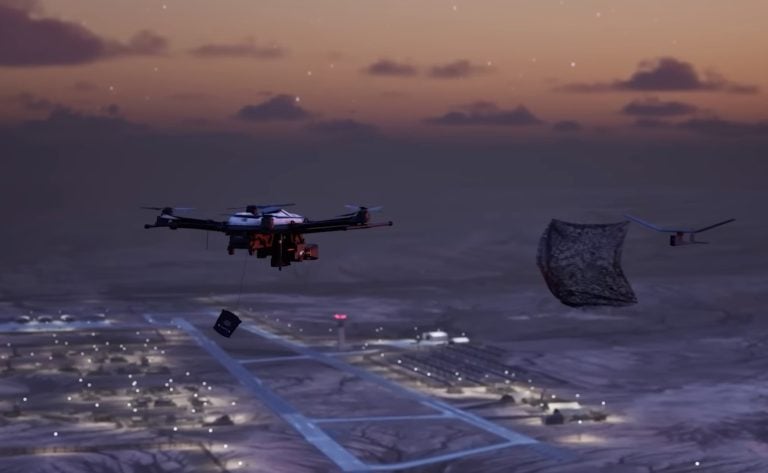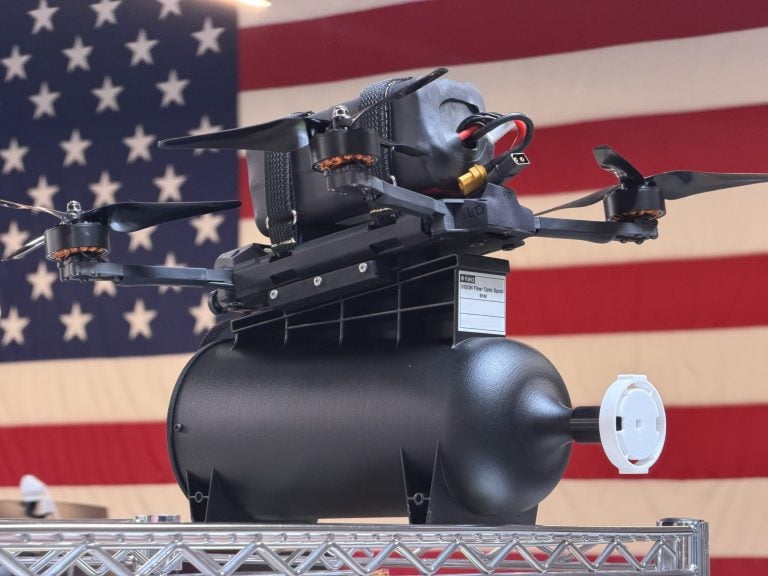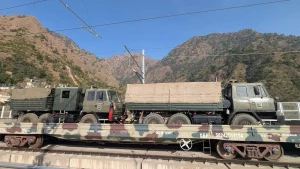The United States Air Force has recently issued a new request for information (RFI) from defense contractors as it advances its plans for the Next-Generation Air Refueling System (NGAS). This initiative, aimed at modernizing and enhancing the Air Force’s aerial refueling capabilities, was initially launched by the Pentagon in 2023. Following the first RFI, the Air Force focused its efforts in 2024 specifically on propulsion systems, signaling an ongoing commitment to innovate within this critical area of military logistics.
The goal is to field the new air tanker by the year 2040, although the service’s requirements have encountered several revisions throughout the development process. Contractors interested in participating in this program have until October 24 to submit their proposals for consideration, highlighting the urgency and importance placed on this initiative.
Currently, the Air Force relies on its established fleet of KC-135 Stratotankers and KC-46 Pegasus aircraft. The KC-135, a veteran of military aviation since the 1950s, is in the process of being phased out. The newer KC-46 was developed based on Boeing’s 767 commercial airliner and is intended to replace portions of the aging KC-135 fleet. However, the transition is tempered by complications, as the KC-46 has faced multiple delays and technical challenges since its introduction into service.
As part of its fiscal year 2026 budget request, the Department of Defense indicated a preference to procure up to 75 additional KC-46 aircraft rather than pursuing a competition for a different interim tanker design. This decision reflects the ongoing challenges associated with the KC-46, which has been plagued by issues including malfunctions in its refueling boom, problems with its fuel system, and concerns surrounding its remote vision equipment.
Recent events further underscore the difficulties encountered by the KC-46 program. Deliveries of the aircraft were halted in March after cracks were discovered in two units scheduled for deployment, only resuming in May after thorough inspections of the existing fleet.
As the Air Force looks to the future, the success of the NGAS program will be critical in ensuring that the United States maintains a robust and reliable air refueling capability for generations to come.
